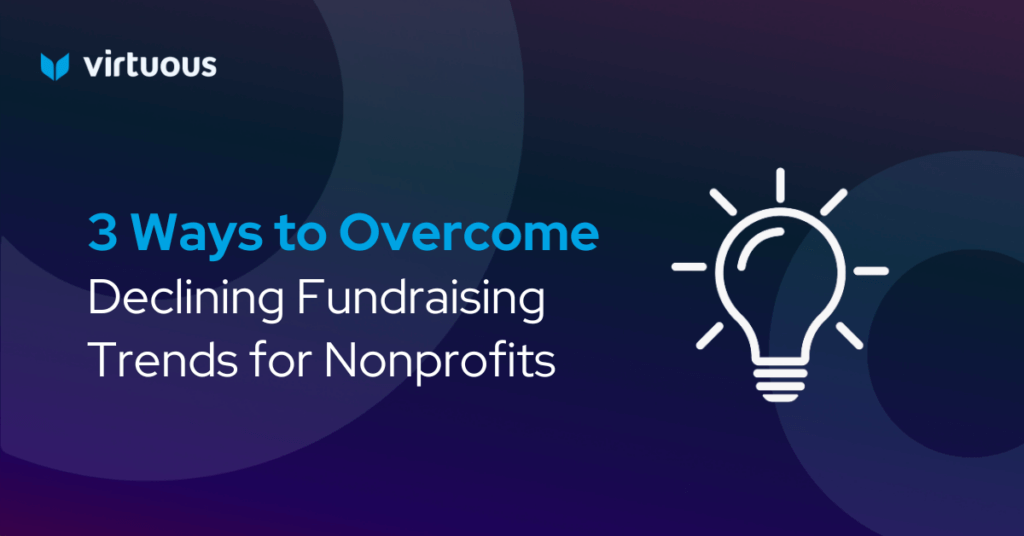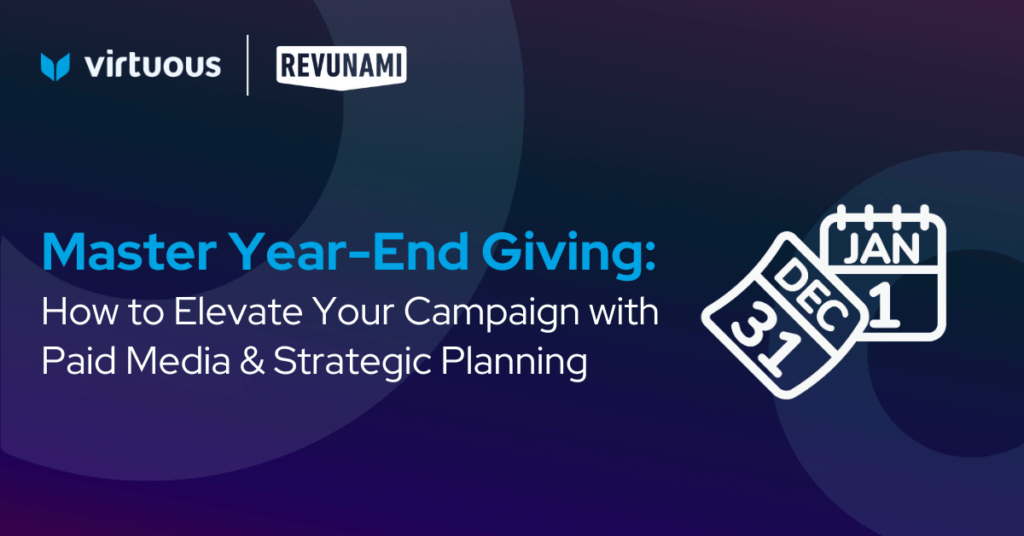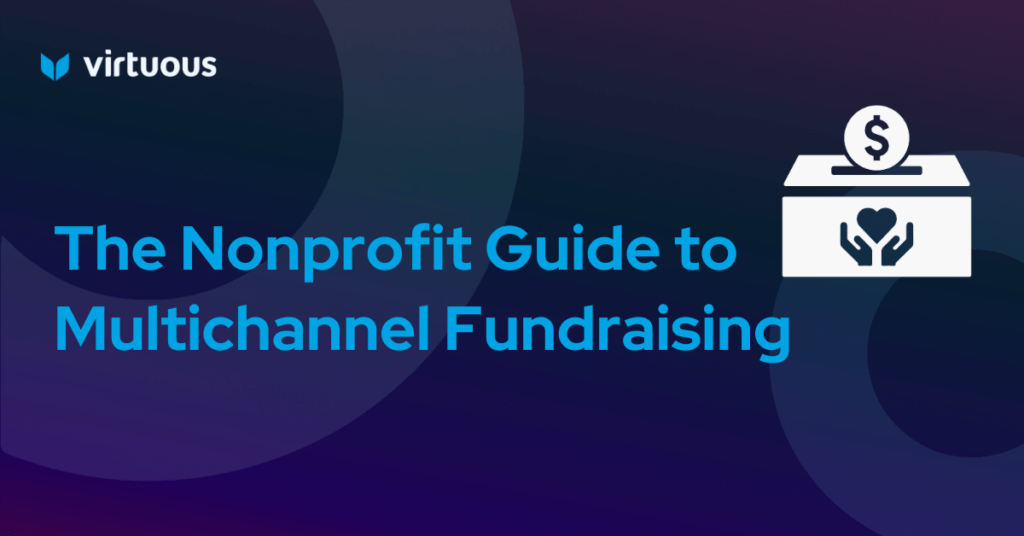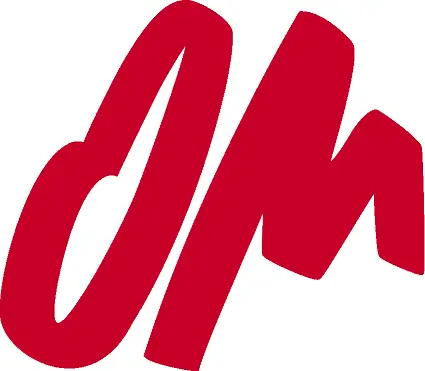Email is critical element for any nonprofit hoping to scale the mid- and lower-tier donor programs. In fact, recent studies on nonprofit marketing will tell you that email has become the number one driver of donations for most nonprofits. A great email program can be the difference between thriving and dying – and we’re seeing that nonprofits who integrate email into their entire engagement strategy are able to dramatically increase giving and retention.
Through our experience, we’ve seen that email is particularly critical during the early steps in the donor journey. Moving a person from “interested” to becoming a first time donor can often be accomplished best through a series of well-timed emails that communicate both your value proposition and the urgent/specific need for a gift. We’ve also seen that a great email welcome series can be the difference between a securing a one-time donor and creating a life-long partner in your cause.
With that in mind, I’ve laid out the top 3 practices that will help you maximize ROI for your email program. The following principles are simple, but when applied well they can have a tremendous impact on giving
1. Make Email Signup Valuable to Donors
To grow your email subscribers, you have to find ways to give back to your website visitors. Generosity begets generosity. In 2018, you can’t ask visitors for their valuable contact information without giving them enough value to say “yes.” Consider giving donors free PDFs to help them better understand your cause, or provide exclusive access to content (or to the frontlines of your cause) in exchange for their information. Use lead forms (not just email signup forms) with clear calls to action that make donors feel like they are an integral part of the solution.
2. Avoid Traditional Newsletters
No one wants one more institutional newsletter in their inbox. Often, donors do not care specifically about your organization, but they do care about the impact you’re having in the world – and they want content that implicates them in the broader story of your cause. Your emails and subject lines should feel current and provide real value to your subscribers. Avoid cluttering your emails with 40 stories; instead, focus on the one or two most compelling issues in your cause. Many nonprofits feel the need to say everything about their organization in every email. Organizations that can fearlessly trim content and get to the heart of their impact consistently perform better.
3. Use CTAs to Drive Time-Bound Urgency
Many nonprofit emails dump a lot of content on the screen, then ask for a donation that has little connection to the content. Your CTAs for donations need to connect directly to measurable impact and to the content of the email itself. In order to drive action, I recommend creating urgency by using time-bound requests (e.g. “We need 20 donors this month to help raise $10,000 to build a school house before school starts in the fall.”) Giving donors a clear outcome, then creating time-bound urgency can increase both the number of gifts and the average gift amount.
Final Thoughts
Email remains a pivotal touchpoint in engaging and motivating donors. When leveraged with personalization, storytelling, and clear calls to action—email not only drives donations but also reinforces the value of each donor’s contribution. By harnessing the transformative power of email, your organization can turn every message into a meaningful engagement, inviting donors to be a part of a community that values change and impact.
Start your journey towards more effective fundraising today.





